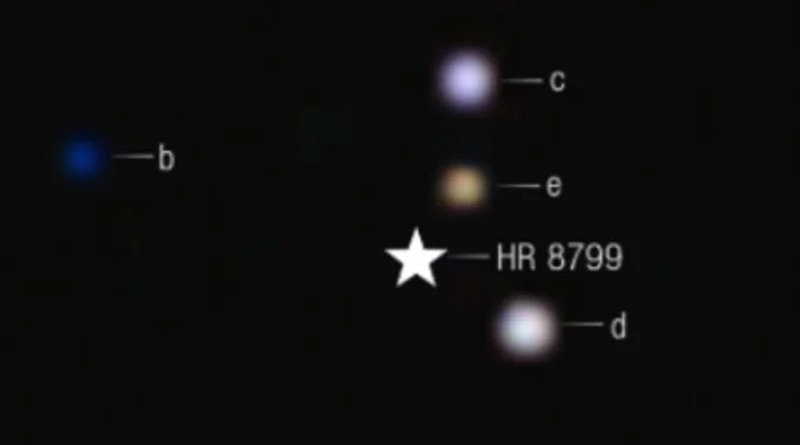James Webb Detects Carbon Dioxide on Distant Exoplanet for the First Time
The James Webb orbital telescope has for the first time directly detected traces of carbon dioxide in the atmospheres of five exoplanets in star systems in the constellations Pegasus and Eridanus, confirming the possibility of using it to directly study the composition of the air shells of large planets outside the Solar System. This was reported by the press service of the American Johns Hopkins University (JHU).
Using Webb’s infrared sensors, scientists observed the HR 8799 star system, located 130 light years from Earth. This is a fairly young system, only 30 million years old. At that time, dinosaurs still existed on Earth, although their era was coming to an end. Such young systems have completed the process of planet formation relatively recently, and their stars remain hot and bright, which makes them convenient objects for observation in the infrared range. Both emission and absorption lines are clearly visible in this spectrum, which allows us to determine the composition of substances and molecules with high accuracy even at significant distances.
Observations of HR 8799 marked the first time that this key component for the development of biological life was directly detected.
All this data, planetologists hope, will help them refine theories describing the process of formation of large exoplanets.




